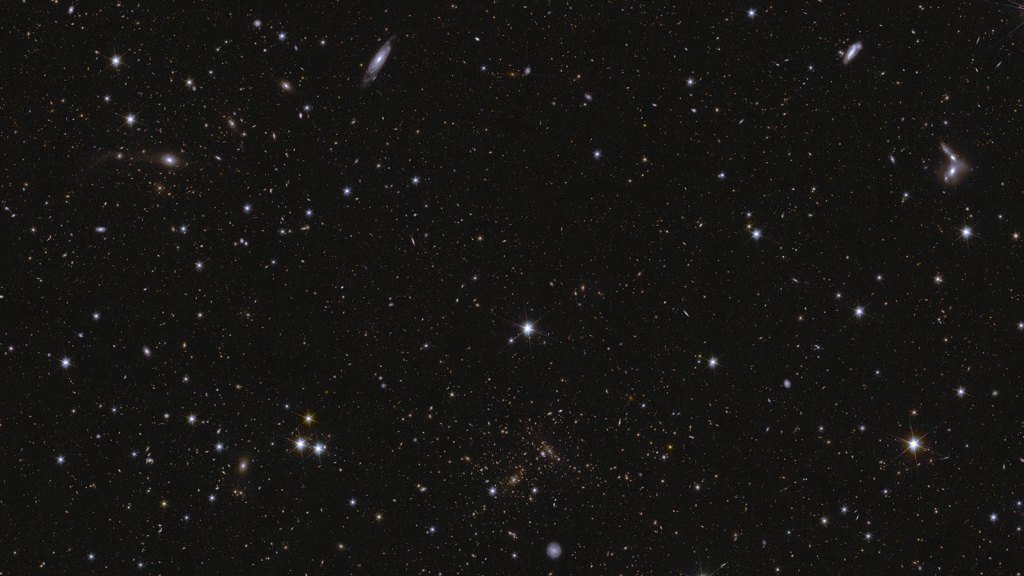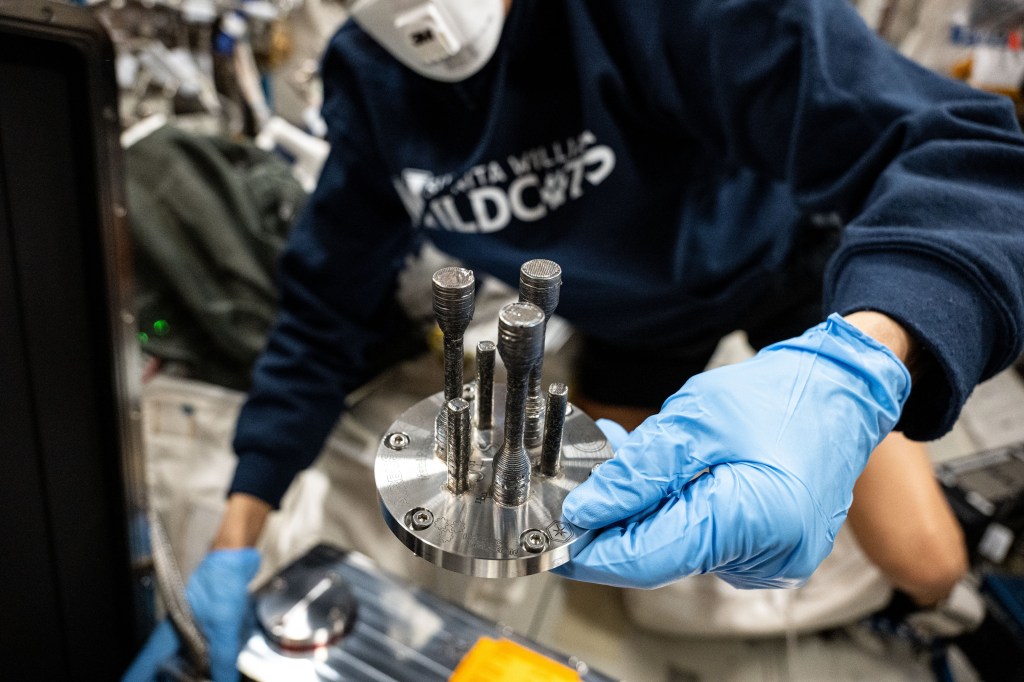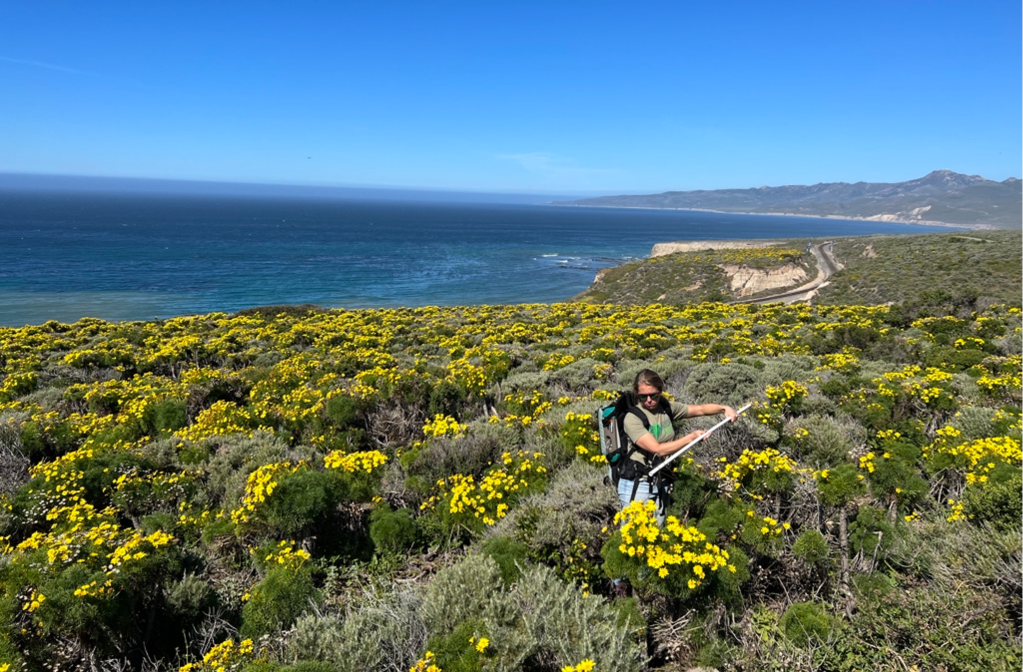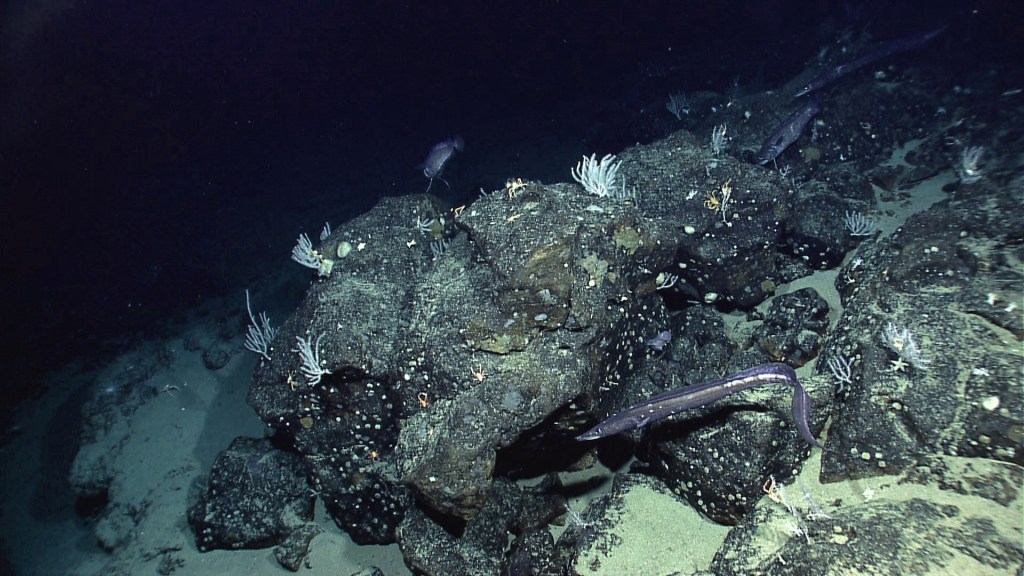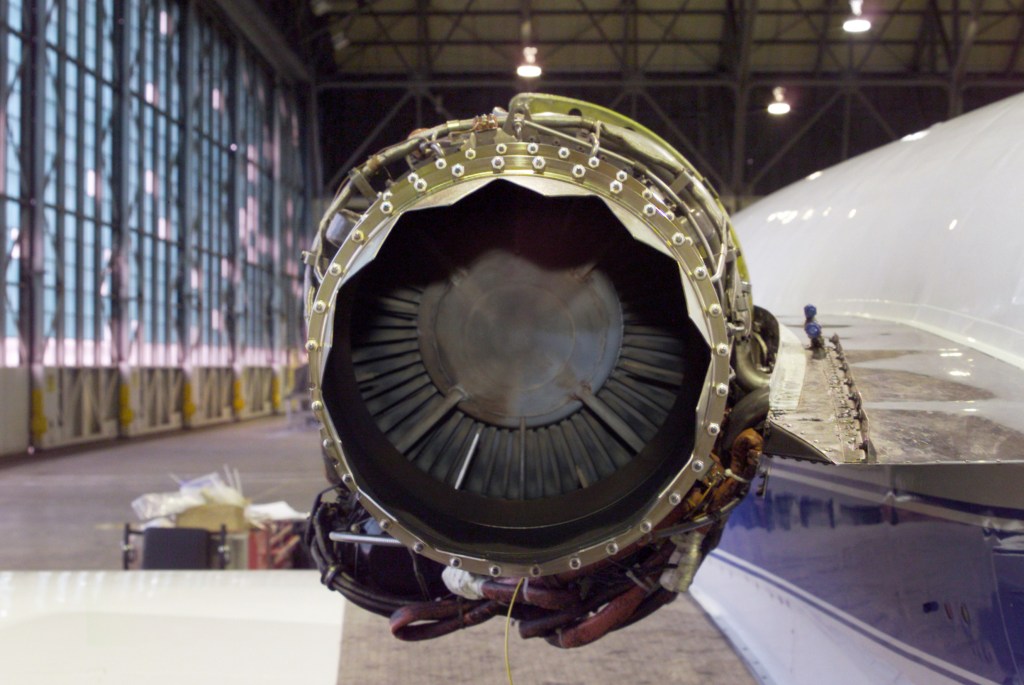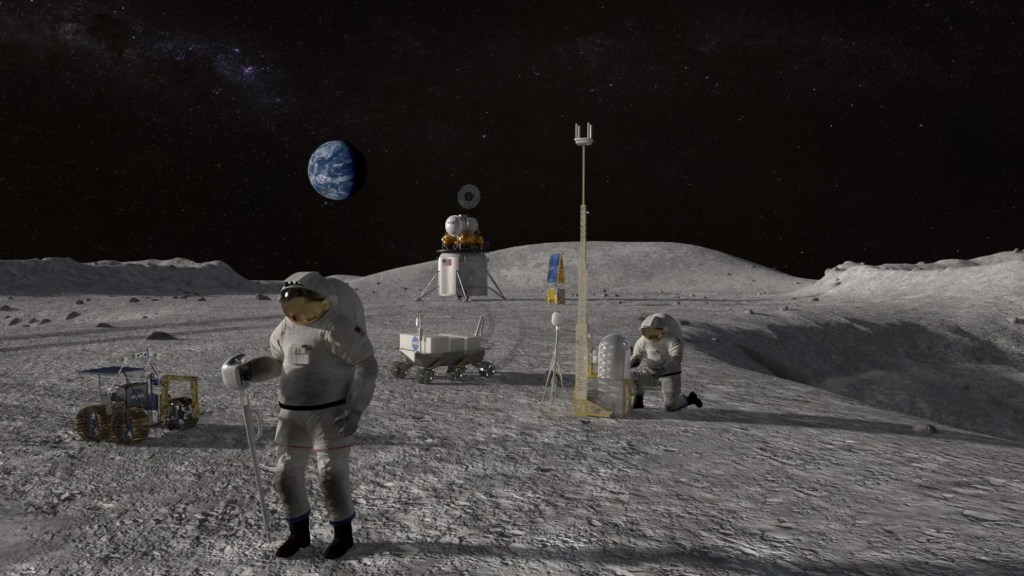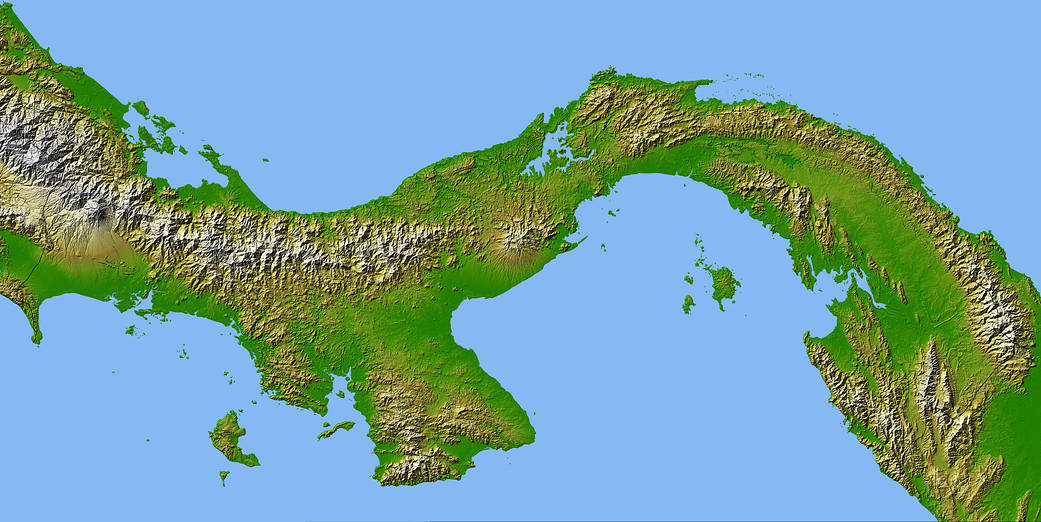Twenty million years ago ocean covered the area where Panama is today, creating a gap between the continents of North and South America through which the waters of the Atlantic and Pacific Oceans flowed freely. Beneath the surface, two plates of the Earth’s crust slowly collided into one another, forcing the Pacific Plate to slide slowly under the Caribbean Plate. The pressure and heat caused by this collision led to the formation of underwater volcanoes, some of which grew tall enough to break the surface of the ocean and form islands as early as 15 million years ago. More and more volcanic islands filled in the area over the next several million years. Meanwhile, the movement of the two tectonic plates also pushed up the sea floor, forcing some areas above sea level.
Over time, massive amounts of sediment were peeled away from the Americas by strong ocean currents and fed through the gaps between the newly forming islands. Over millions of years, the sediment deposits added to the islands until the gaps were completely filled. By about 3 million years ago, an isthmus, narrow strip of land with water on either side, had formed connecting North and South America.
The formation of the Isthmus of Panama also played a major role in biodiversity, making it easier for animals and plants to migrate between the continents. For instance, in North America today, the opossum, armadillo, and porcupine all trace back to ancestors that came across the land bridge from South America. Likewise, the ancestors of bears, cats, dogs, horses, llamas, and raccoons all made the trek south across the isthmus.
Scientists made this false-color image of Panama using data acquired in February 2000 by the Shuttle Radar Topography Mission, flying aboard the Space Shuttle Endeavor.Image credit: NASA/JPL/NIMA/SRTM Team
2 min read

